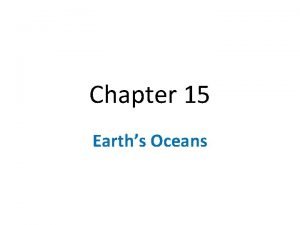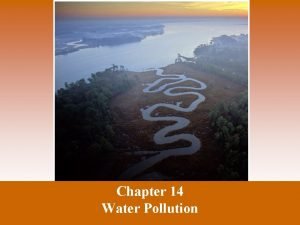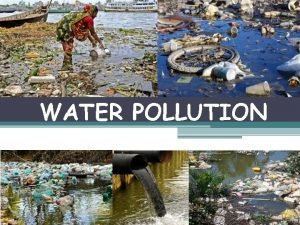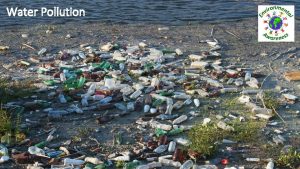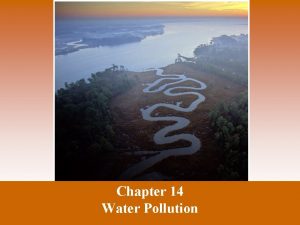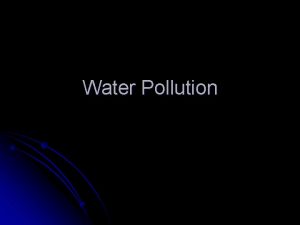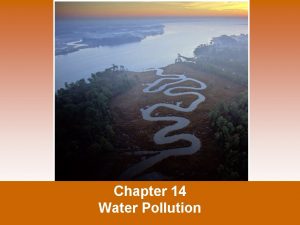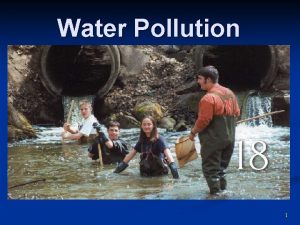Water Pollution Water pollution is the addition of










- Slides: 10

Water Pollution Water pollution is the addition of any substance that negatively effects the water and living things in the water. The amount of potable water depends on the quality of the water. l Examples of water pollution include: treated wastewater, runoff, toxic chemicals, municipal sewage, motor oil from cars, fertilizers, detergents, pesticides, . . l

Water Pollution l When waste is deposited in water, solids particles settle to bottom and the concentration of the chemical is diluted by the water. Water naturally renews itself through the water cycle & filtration through wetland environments. l When too much nutrient waste that is high in nitrates & phosphates enter the water, algae can begin to grow uncontrollably due to the “nutrient” matter.

Eutrophication

Water Pollution l Eutrophication occurs when the lake or pond or stream is overtaken by algae. It has a “green scum” covering the surface and chokes out oxygen from entering the water for fish and thus fish kills can occur.

Eutrophication

Water Pollution l Sediment pollution is the number one cause of water pollution in NC rivers. What would cause sediment runoff? l How would sediment harm the water quality? l Effluent describes any waste material discharged into the environment.

Point Source Pollution l Point source pollution- can be traced to its point of origin. It can be a pipe, smokestack, culvert, underground container that is pouring or leaking smoke, industrial waste, or storm sewer wastewater into a body of water

Non Point Source Pollution l Non point source pollution- cannot be traced to a single point of origin. Ex. Your car exhaust or engine leaks oil, leftover salt from a winter storm runs into the river, boat dumps its sewage into river after a day on the water, . . .

Biomagnification l When chemicals enter the environment through groundwater or surface water, they can enter the food chain. l First level producers absorb the chemical, then the first level consumers eat the producer and absorb more of the chemical. At each level of the food chain, more of the chemical is absorbed and the impact on the organism is magnified.


